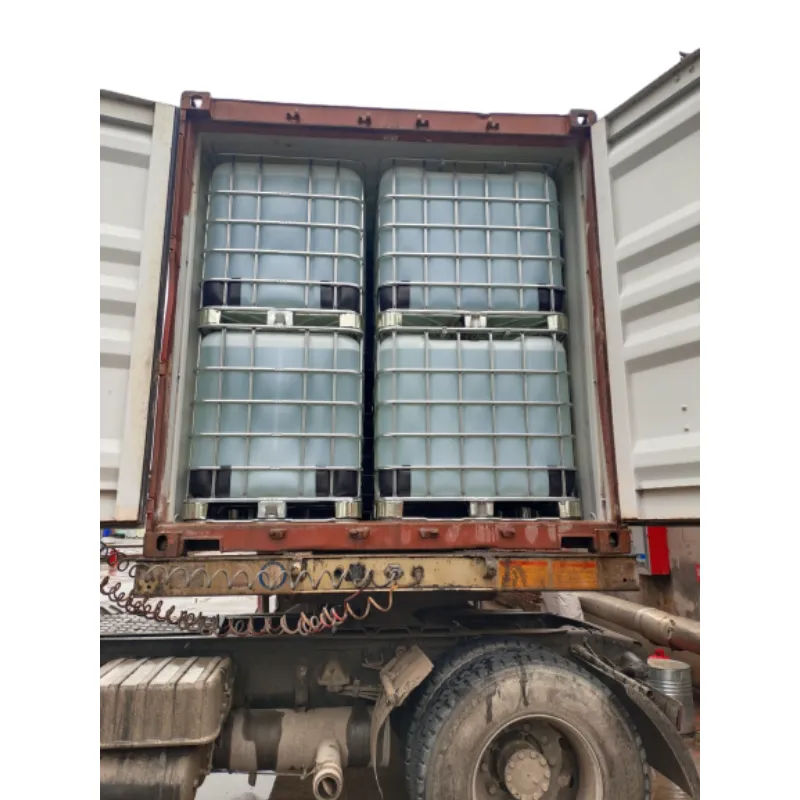
Commonly Used Food Preservatives and Their Functions in Food Safety
Common Preservatives Used in Food Ensuring Safety and Freshness
Food preservation is an essential aspect of the food industry, enabling longer shelf life, enhanced safety, and convenience for consumers. Various techniques and additives are utilized to prevent spoilage, maintain flavor, and protect against foodborne illnesses. Among these techniques, chemical preservatives play a significant role. This article will explore some of the most common preservatives used in food, their functions, and their safety.
What are Food Preservatives?
Food preservatives are substances added to food products to prevent chemical changes due to microbial growth or oxidation. They help prolong the shelf life of foods, maintaining freshness and preventing spoilage. Preservatives can be broadly categorized into two types natural and synthetic.
Common Preservatives
1. Salts and Sugars - Common Use One of the oldest forms of preservation, salt, and sugar have been employed for centuries. Salt is used in curing meats, while sugar is often found in jams and jellies. - Mechanism Both work by drawing moisture out of food, creating an inhospitable environment for bacteria and yeast.
2. Vinegar and Acetic Acid - Common Use Vinegar is widely used in pickling vegetables and preserving sauces. - Mechanism The acidity of vinegar inhibits the growth of pathogens and delays spoilage.
3. Sodium Benzoate - Common Use Typically found in acidic foods like sodas, fruit juices, and pickles. - Mechanism Sodium benzoate prevents the growth of yeast, bacteria, and fungi by disrupting their metabolism.
4. Sulfites - Common Use Often used in dried fruits, wine, and some processed foods. - Mechanism Sulfites act as antioxidants that prevent browning and spoilage. They also inhibit the growth of harmful microbes.
common preservatives used in food

5. Nitrates and Nitrites - Common Use Commonly found in processed meats such as bacon, sausages, and ham. - Mechanism These compounds prevent the growth of Clostridium botulinum, a bacteria that can cause serious foodborne illness, and contribute to the characteristic pink color of cured meats.
6. Potassium Sorbate - Common Use Frequently used in dairy products, baked goods, and beverages. - Mechanism It is effective against mold and yeast, helping to maintain quality and safety.
7. Ascorbic Acid (Vitamin C) - Common Use Utilized in fruit products, juices, and some processed foods. - Mechanism As a natural antioxidant, it aids in preventing the oxidation of fats and maintains the color and freshness of fruits.
8. BHT and BHA (Butylated Hydroxytoluene and Butylated Hydroxyanisole) - Common Use These are commonly found in snacks, oils, and cereals. - Mechanism BHT and BHA are used as antioxidants, preventing rancidity in fatty foods.
Safety and Regulatory Aspects
Food preservatives undergo rigorous testing and regulatory scrutiny to ensure their safety for human consumption. Agencies such as the Food and Drug Administration (FDA) in the United States and the European Food Safety Authority (EFSA) evaluate the safety and efficacy of preservatives before they are approved for use in food products. Each preservative is assigned an Acceptable Daily Intake (ADI) level, which estimates the amount that can be consumed daily over a lifetime without adverse effects.
While many preservatives are deemed safe, some individuals may have sensitivities or allergic reactions. For instance, sulfites can trigger asthma in some people, while others might be sensitive to artificial preservatives. Consequently, it is essential for consumers to read food labels carefully and be informed about the ingredients they are consuming.
Conclusion
Preservatives play a vital role in ensuring the safety, quality, and longevity of food products. By understanding the common preservatives used in food and their functions, consumers can make informed choices about their dietary habits. As the industry continues to innovate, the use of natural preservatives and cleaner labeling trends are becoming increasingly popular, providing alternative options for health-conscious consumers. Food preservation will remain an integral part of the food supply chain, ensuring that we can enjoy safe and fresh food for longer periods.
-
Pure Sodium Dichloroisocyanurate Dihydrate | Powerful DisinfectantNewsAug.29,2025
-
Industrial Chemicals: Quality & Purity for Every IndustryNewsAug.28,2025
-
Nitrile Rubber Honoring Strict Production StandardsNewsAug.22,2025
-
Aspartame Ingredients Honoring Food Safety ValuesNewsAug.22,2025
-
Fertilizer for Balanced Plant NutritionNewsAug.22,2025
-
Cyanide Gold Processing with High Purity AdditivesNewsAug.22,2025
-
Formic Acid in Textile Dyeing ApplicationsNewsAug.22,2025
Hebei Tenger Chemical Technology Co., Ltd. focuses on the chemical industry and is committed to the export service of chemical raw materials.
-

view more DiethanolisopropanolamineIn the ever-growing field of chemical solutions, diethanolisopropanolamine (DEIPA) stands out as a versatile and important compound. Due to its unique chemical structure and properties, DEIPA is of interest to various industries including construction, personal care, and agriculture. -

view more TriisopropanolamineTriisopropanolamine (TIPA) alkanol amine substance, is a kind of alcohol amine compound with amino and alcohol hydroxyl, and because of its molecules contains both amino and hydroxyl. -

view more Tetramethyl Thiuram DisulfideTetramethyl thiuram disulfide, also known as TMTD, is a white to light-yellow powder with a distinct sulfur-like odor. It is soluble in organic solvents such as benzene, acetone, and ethyl acetate, making it highly versatile for use in different formulations. TMTD is known for its excellent vulcanization acceleration properties, which makes it a key ingredient in the production of rubber products. Additionally, it acts as an effective fungicide and bactericide, making it valuable in agricultural applications. Its high purity and stability ensure consistent performance, making it a preferred choice for manufacturers across various industries.





